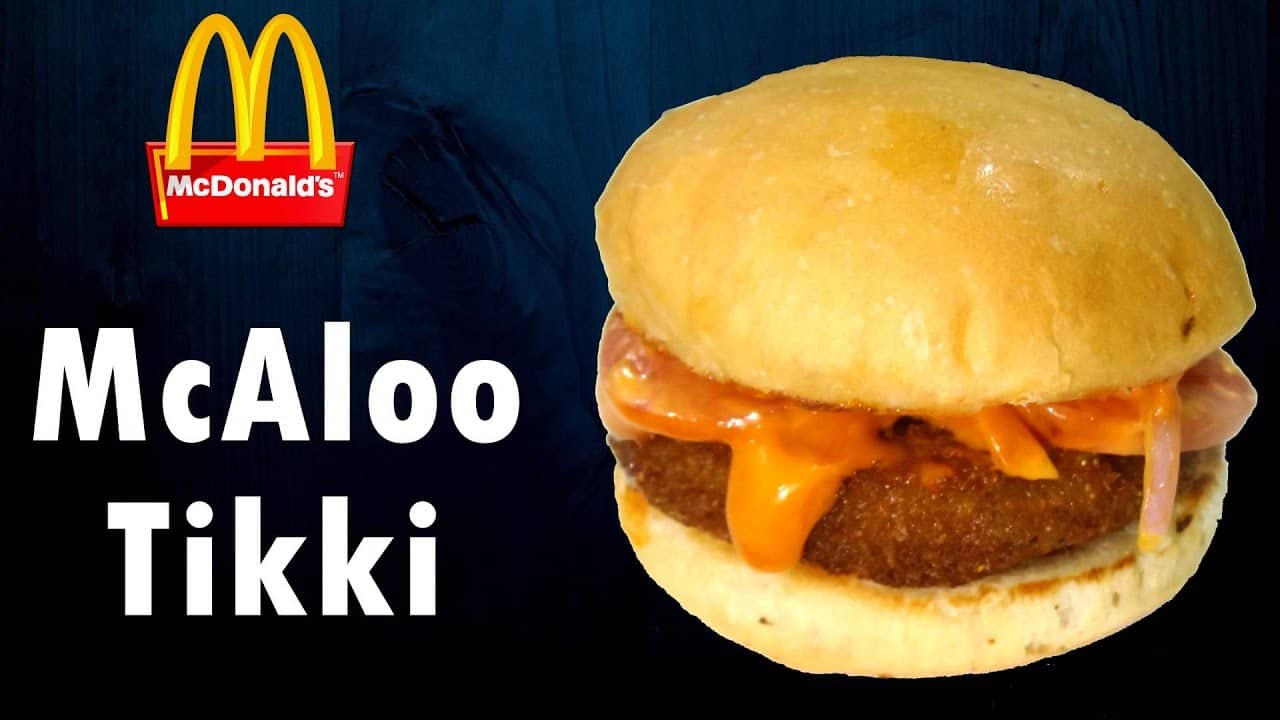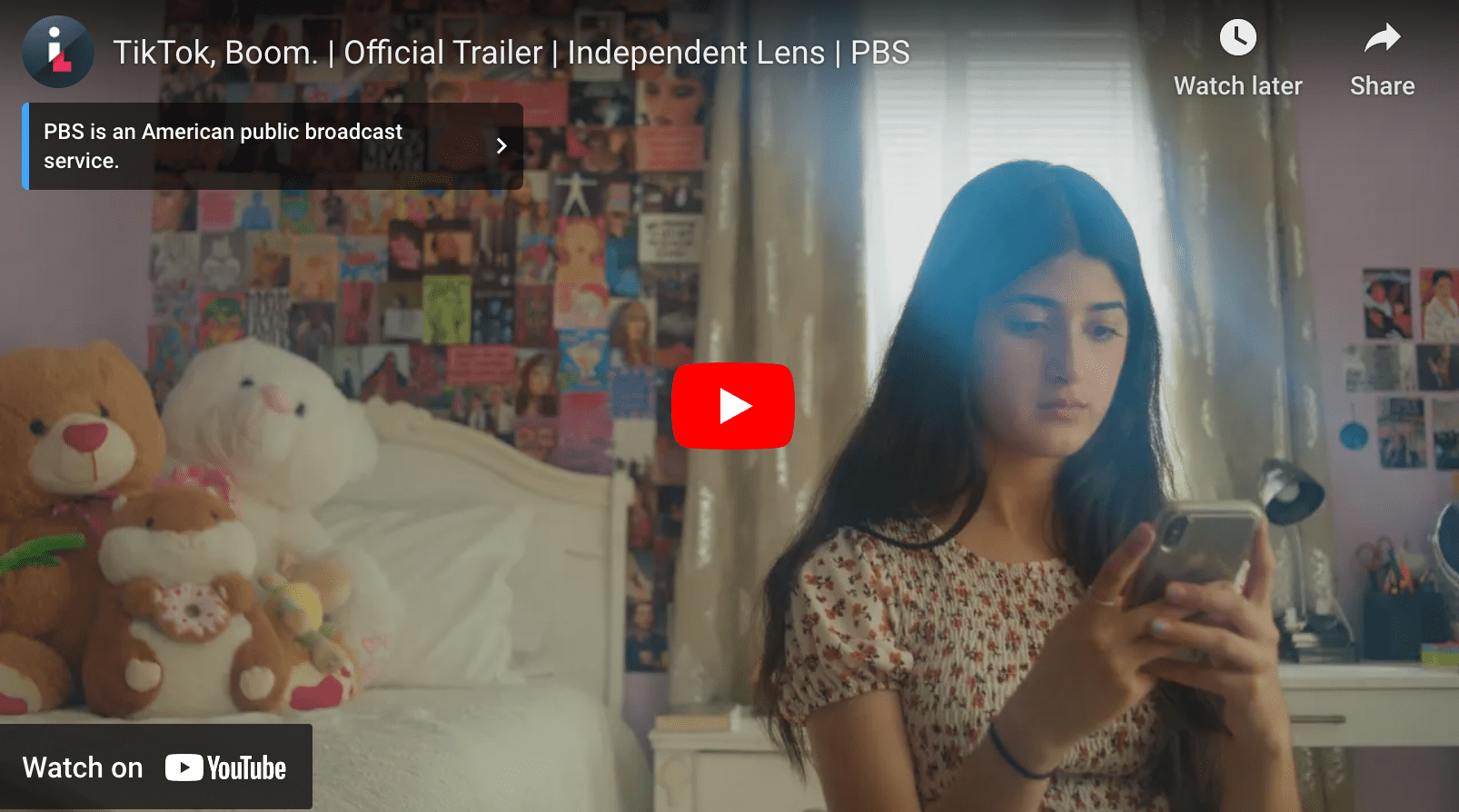McDonald’s International Product Adaptation
McAloo Tikki Burger anyone? Only in India. McSpaghetti? Only in the Philippines. McDonald’s has restaurants all around the world. It has learned to serve this…

McAloo Tikki Burger anyone? Only in India. McSpaghetti? Only in the Philippines. McDonald’s has restaurants all around the world. It has learned to serve this…

Some of my marketing instructor readers may be regular users and very familiar with TikTok. Personally, I am afraid of getting addicted, so I have…

This is a longish (~18 minutes) video about product placement in South Korea. As you will see, Subway has done a particularly good job of…

My kids have started talking about social e-commerce. Of course that is not the term they use, but buying via Instagram is growing fast. “Social…

This short article, “Corporate America must learn to innovate frugally to get through the coronavirus crisis,” (Fast Company, March 27, 2020) provides some great tips…

The economic recovery in the United States has not been the same across the income spectrum. While the wealthiest 5% are doing quite well, those…

While online retailing holds great promise in developing countries like India, there remain challenges. Venture capital is flowing into this market, and some big players…